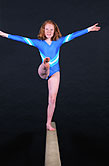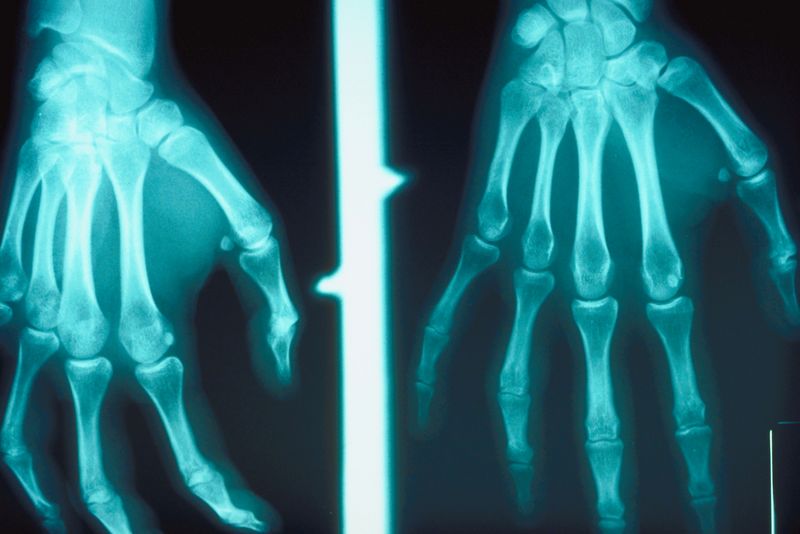
MONDAY, April 28, 2014 (HealthDay News) — Certain training methods can greatly reduce young athletes’ risk of serious and potentially debilitating knee injuries, a new report says.
A growing number of American children and teens are tearing their anterior cruciate ligament (ACL), which provides stability to the knee, according to background information in the report. The rise is particularly dramatic among girls in sports such as basketball, soccer, volleyball and gymnastics.
Specific types of training can reduce the risk of an ACL tear by as much as 72 percent, the report from the American Academy of Pediatrics says.
“Neuromuscular training programs strengthen lower-extremity muscles, improve core stability and teach athletes how to avoid unsafe knee positions,” lead author Dr. Cynthia LaBella, medical director and associate professor of pediatrics at Northwestern University Feinberg School of Medicine, and a member of the academy’s council on sports medicine and fitness, said in an academy news release.
Coaches and those who run school sports programs should learn about the benefits of these exercises and encourage their athletes to use them, the academy recommends.
The risk of ACL injury among young athletes increases at age 12 for girls and age 14 for boys. The largest numbers of ACL injuries occur in female athletes ages 15 to 20. After an ACL tear, girls are much more likely to have surgery and less likely to return to sports than boys, experts said.
Girls are at higher risk for ACL injury after puberty because they do not usually develop more powerful muscles as their body size increases, a researcher explained.
“After puberty, girls have a ‘machine motor mismatch,'” report co-author Timothy Hewett, professor and director of research at Ohio State University’s sports medicine department, said in the news release. “In contrast, boys get even more powerful relative to their body size after their growth spurt. The good news is that we’ve shown that with neuromuscular training, we can boost the power of girls’ neuromuscular engine, and reduce their risk of ACL injuries.”
The report also offered updated advice on treatment of ACL tears in young athletes. Previously, surgery was often delayed until a child’s skeletal structure was fully mature. However, new less-invasive surgical techniques avoid impact to the developing growth plates in youngsters, which means they can have surgery to stabilize the knee.
Overall, ACL surgery is about 90 percent successful in restoring knee stability, according to the report published online April 28 and in the May print issue of Pediatrics.
“In many cases, surgery plus rehabilitation can safely return the athlete back to sports in about nine months,” report co-author Dr. William Hennrikus, professor of pediatric orthopedic surgery at Penn State Hershey Bone and Joint Institute, said in the news release. “Parents who are considering surgery for their child should seek out a pediatric orthopedic surgeon with sports medicine training.”
Despite the improvements in surgery, the emphasis should be on prevention because an ACL injury can have long-lasting effects. People who suffer an ACL tear are up to 10 times more likely to develop early-onset degenerative knee osteoarthritis, which can lead to chronic pain and disability, the report said.
Previous research has shown that half of patients with an ACL injury will develop this problem within 10 to 20 years.
“This is important, because it means athletes who suffer an ACL tear at age 13 are likely to face chronic pain in their 20s and 30s,” LaBella said.
More information
The American Academy of Pediatrics offers a list of ACL injury prevention resources.
Copyright © 2025 HealthDay. All rights reserved.

